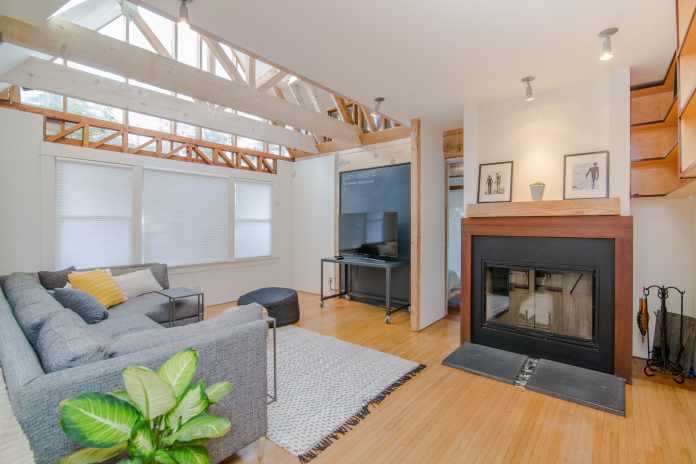Until you stop and take the time to look at what’s available out there, you will be surprised at just how much is the cost of the radiator, and how much variety there is out there.
Ranging from simple white panel radiators we see at home, to fancy designer brands offering sleek flat panel models, and going all the way to glass-fronted infrared panels which look more like art than a radiator, it’s alarming just how much variety there is out there.
If you’re the kind of person who can get easily overwhelmed making small purchases, you’re going to feel it so much more when it comes to purchasing a radiator; especially if it is your first time doing so. That’s why I want to highlight some of the ways you can get a better deal on a radiator (spoiler alert: shop online)
Remember that if you’re about to do any DIY or renovating at home, our home improvement section has dozens of helpful articles which can help turn any house into a home.
Work out how much heat you need
Asking someone how much heat a room needs might sound like you need to give a generally vague answer about the room having to feel toasty and not too hot, but there are hidden measurements at play which can help you figure out what size of radiator, in terms of heat output, you need.
Radiators come with a BTU rating. It is a measurement which tells you how much energy radiators need to produce. If you use a heating calculator (there are dozens online) and provide the measurements of a room, you’ll be given a BTU rating which can then be used to find radiators which fit the bill.
You might find that there’s a tiny radiator which will be the job, or that you can get a vertical radiator instead to modernise a room.
Think like a tradesperson
If you think buying one radiator is a tough job, think about people who have to buy hundreds at a time for building works regularly. When buying radiators that look decent and get the job done, professionals will always look for trade prices, and you should too.
Websites like Trade Radiators provide the same radiators you’d take a look at in big DIY stores, but at the prices those in the industry who work with radiators every day would pay. Look for radiator stores which are online-only, as the lack of overhead from not having a physical store means they’ll usually have better deals on standard radiators that are typically sold in bulk.
Always account for accessories
A bit like buying a plane ticket and forgetting about baggage or buying your front door but forgetting about a number plate, your radiator needs a few things to get in working order. The most obvious of these would be your radiator valves. Just like radiators, the range and designs and prices available out there is bigger than you’d ever imagine.
If you don’t care what valves you have as long as it gets the job done, a straightforward and cheap manual valve will only cost a few bucks. If you want your radiator to look the part and match the look of your spanking new radiator, you’re looking to factor 5%-10% of your radiator price going towards valves you’ll be happy with.
Be materialistic
Materialism is a value most people would hate to be seen as having, but when it comes to radiators, the material used to create the radiator can play a significant factor in cost. The majority of radiators in homes are made from steel. Steel is relatively inexpensive to source and can retain heat for a significant level of time (i.e. once you turn a radiator off, it won’t instantly get cold).
When you’re looking at designer radiators, it’s often the case that the price is heavily influenced by material. Many designer brands will use aluminium to create unique designs as it’s a better material to shape, but with it being a more expensive material to shape and form sturdily (think about how you can crush a soda can) it leads to expensive radiators.
If you see a radiator you like the design of in a shop, ask what material it’s made from and if there are cheaper options in other materials.
Now grab a bargain deal on a radiator
I hope this article has been helpful and comes in handy when you’re next shopping for radiators. And remember to always check that your radiator will come with all the bits and bobs for installation.








